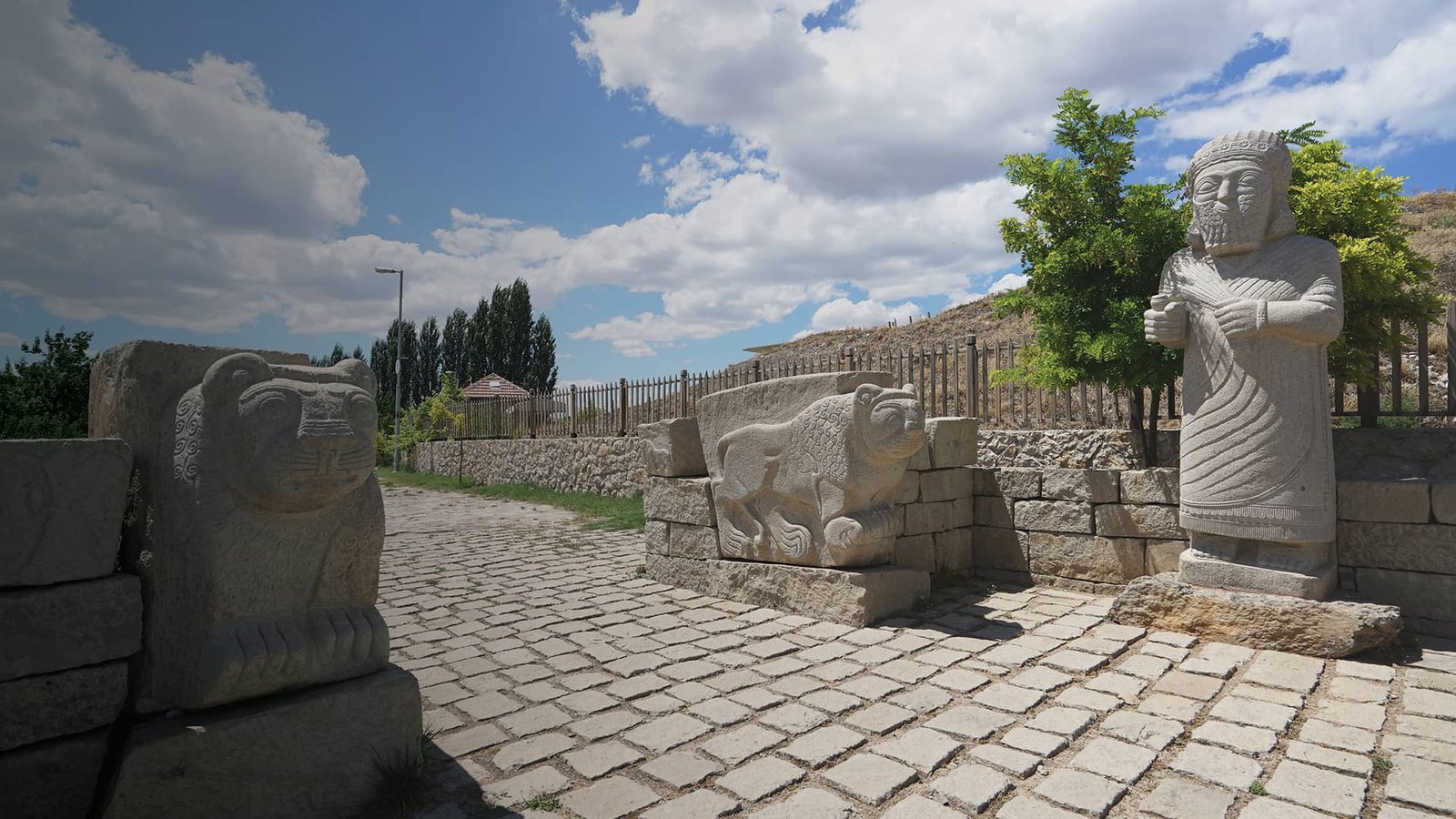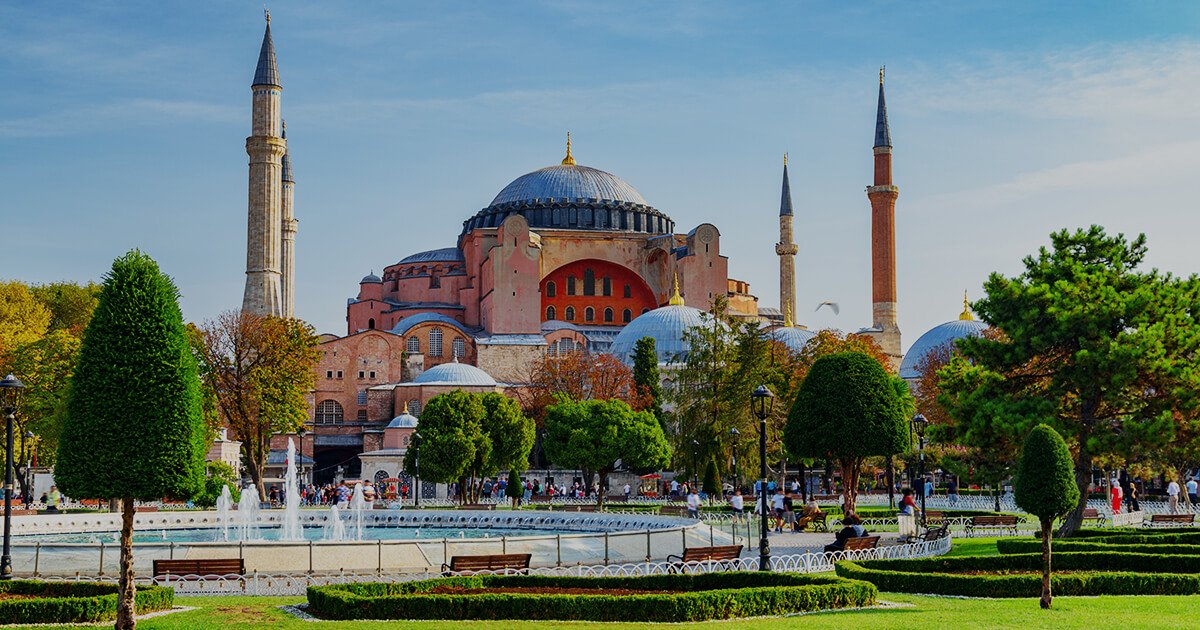Malatya, a city steeped in history and cultural significance, is home to numerous historical landmarks that offer insights into its rich past. From ancient ruins to medieval architecture, each site tells a story of the civilizations that have shaped this region over millennia. Explore the fascinating history behind some of Malatya’s most famous landmarks with us.
1. Aslantepe Mound
History: Aslantepe Mound, also known as Arslantepe, is an archaeological site located near Malatya. It dates back to the 4th millennium BCE and was inhabited continuously until the Roman period. The mound was an important center during the Hittite and Hurrian periods, serving as a hub for trade, administration, and cultural exchange.
Highlights:
- Palace Complex: Discover the remains of a well-preserved palace complex at Aslantepe, featuring impressive architectural elements and decorative art.
- Royal Tombs: Excavations have uncovered royal tombs with valuable artifacts, providing insights into the burial customs and beliefs of ancient civilizations.
- Cuneiform Tablets: Archaeologists have unearthed cuneiform tablets at Aslantepe, which shed light on the diplomatic relations and daily life of the ruling elites.
Significance: Aslantepe Mound is significant not only for its archaeological treasures but also for its role in understanding the political and cultural dynamics of the ancient Near East. It offers a glimpse into the early urban development and state formation in Anatolia.

2. Battalgazi Grand Mosque (Ulu Camii)
History: The Battalgazi Grand Mosque, also known as Ulu Camii, is a masterpiece of Seljuk architecture located in the old town of Battalgazi (Eski Malatya). Built in the 13th century, it stands as a symbol of the Seljuk era’s architectural prowess and cultural heritage.
Highlights:
- Architecture: The mosque features an impressive courtyard, minarets, and intricate stonework that reflect Seljuk architectural style.
- Calligraphy and Decoration: Admire the beautiful calligraphy and geometric patterns adorning the mosque’s interior, showcasing the craftsmanship of medieval artisans.
- Historical Context: Learn about the mosque’s historical significance as a place of worship and community gathering during the Seljuk period.
Significance: The Battalgazi Grand Mosque is not only a religious site but also a cultural landmark that embodies the artistic and architectural achievements of the Seljuk Turks in Anatolia. It serves as a testament to the region’s Islamic heritage and architectural legacy.
3. Malatya Museum
History: The Malatya Museum is a treasure trove of artifacts spanning various periods of Malatya’s history, from prehistoric times to the Ottoman Empire. It showcases the region’s cultural heritage through archaeological finds, ethnographic exhibits, and historical artifacts.
Highlights:
- Chalcolithic Artifacts: Explore artifacts from the Chalcolithic period, including pottery, tools, and jewelry, which provide insights into early human settlement in Malatya.
- Roman and Byzantine Art: Admire sculptures, mosaics, and religious artifacts from the Roman and Byzantine eras, reflecting the region’s diverse cultural influences.
- Ottoman Heritage: Learn about Malatya’s role during the Ottoman Empire through exhibits showcasing textiles, weapons, and household items from the period.
Significance: The Malatya Museum plays a crucial role in preserving and interpreting Malatya’s history and cultural identity. It offers visitors a comprehensive view of the region’s archaeological richness and historical evolution over thousands of years.
4. Silahtar Mustafa Pasha Caravanserai
History: The Silahtar Mustafa Pasha Caravanserai is a historic inn located in Eski Malatya. Built during the Ottoman period, it served as a key stopping point for travelers and merchants along the Silk Road, offering accommodation, food, and protection for both humans and animals.
Highlights:
- Architectural Design: Marvel at the caravanserai’s fortified structure, featuring a central courtyard surrounded by rooms for guests and storage areas for goods.
- Decorative Elements: Notice the intricate stone carvings and decorative motifs on the caravanserai’s facade, showcasing Ottoman architectural aesthetics.
- Historical Role: Learn about the caravanserai’s role in facilitating trade and cultural exchange between Anatolia, the Middle East, and Europe during the Ottoman era.
Significance: The Silahtar Mustafa Pasha Caravanserai stands as a testament to Malatya’s strategic importance as a commercial and cultural crossroads throughout history. It reflects the architectural and economic legacy of the Ottoman Empire in Anatolia.
5. Malatya Atatürk House Museum
History: The Malatya Atatürk House Museum is dedicated to Mustafa Kemal Atatürk, the founder of modern Turkey, and his connection to Malatya. The museum is housed in a historic mansion where Atatürk stayed during his visits to the city.
Highlights:
- Exhibits: Explore exhibits showcasing Atatürk’s personal belongings, photographs, and documents related to his visits to Malatya.
- Historical Context: Learn about Atatürk’s reforms and contributions to Turkey’s independence movement through interactive displays and multimedia presentations.
- Architectural Heritage: Admire the mansion’s traditional Ottoman architecture and interior decor, reflecting the lifestyle of affluent families during the early 20th century.
Significance: The Malatya Atatürk House Museum honors Atatürk’s legacy and his significance in Turkish history. It provides visitors with a deeper understanding of his influence on Malatya and his vision for a modern, progressive Turkey.
Conclusion
Malatya’s historical landmarks are not just architectural marvels but also windows into the region’s rich and diverse cultural heritage. Each site, from ancient ruins like Aslantepe Mound to Ottoman-era structures like the Silahtar Mustafa Pasha Caravanserai, offers a unique perspective on Malatya’s evolution through the ages. Whether you’re interested in archaeology, architecture, or history, these landmarks provide a captivating journey through time and culture.

